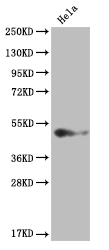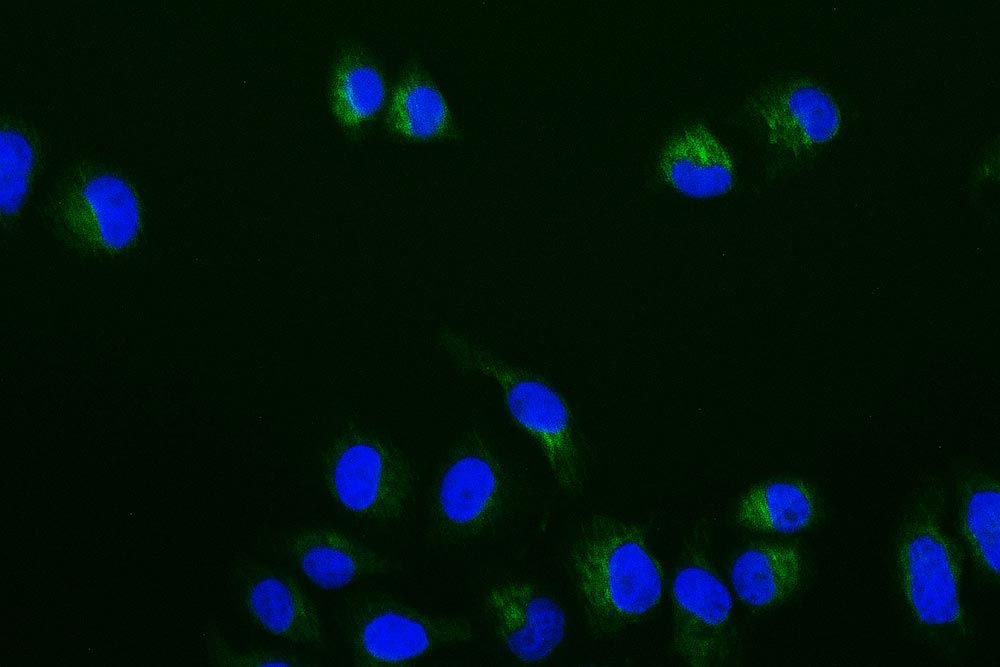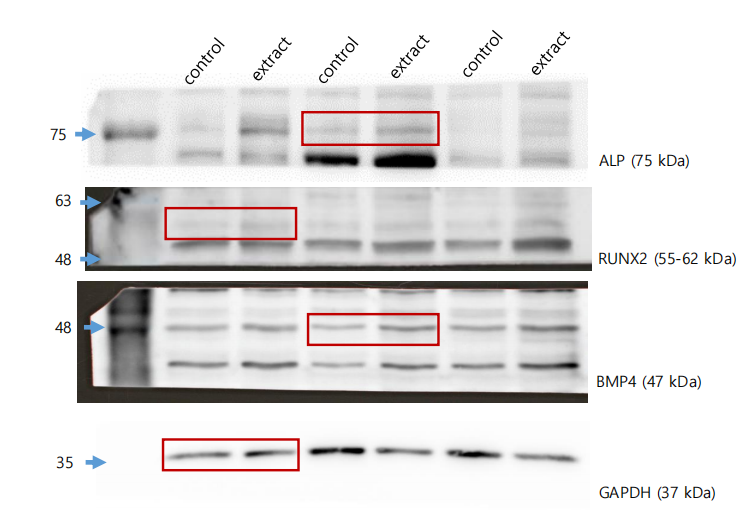The production of the BMP4 recombinant monoclonal antibody involves a complicated process comprising several stages. Initially, the BMP4 monoclonal antibody is harvested, and its gene is sequenced. A plasmid vector that contains the BMP4 monoclonal antibody gene is then constructed and transfected into a host cell line for culture. A synthesized peptide, obtained from human BMP4, is employed as an immunogen during the BMP4 monoclonal antibody synthesis. The BMP4 recombinant monoclonal antibody is then purified using affinity chromatography, and its specificity is assessed using ELISA, WB, and IF applications. It only reacts with human BMP4 protein.
BMP4 plays a critical role in embryonic development, specifically in the formation of organs and tissues such as bone, heart, and kidney. BMP4 also has important functions in postnatal life, including the regulation of stem cell differentiation, tissue repair, and immune response. BMP4 binds to specific receptors on the surface of cells, leading to downstream signaling pathways that regulate gene expression and cellular responses. In addition to its physiological roles, BMP4 has also been implicated in various pathological conditions, such as cancer and inflammatory diseases.








